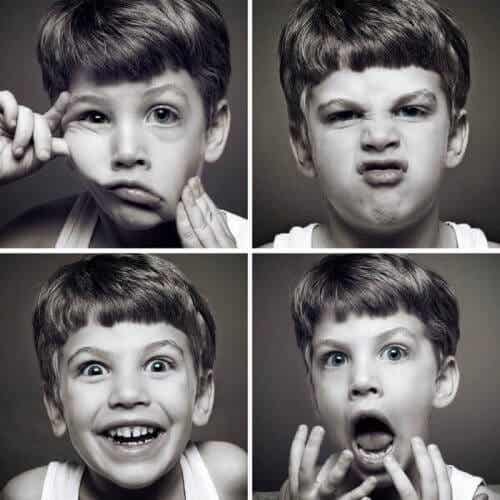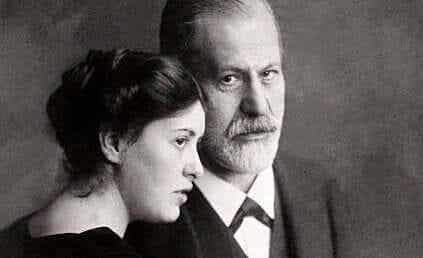Attachment is a crucial emotional bond in early childhood, but also for the development of the person. There is a direct relationship between initial attachment and the mental health of the individual.

Last update: May 25, 2019
Conditional anxiety concerns those situations in which there is anguish in the face of events that do not represent a real danger or risk. On a relational level, it can manifest itself as a fear of coming into contact with others.
It is important to specify that conditioned anxiety should not be viewed as shyness as such, although those who experience it may be labeled as shy or reserved. It is not a question of character, but rather of having learned this fear in the past without having tried or been able to understand and overcome it.
When experiencing conditioned anxiety in social relationships, it is difficult to connect with others, make friends or establish relationships with colleagues. Of course, this can even hinder the emergence of a romantic relationship.
“The intensity of the anguish is proportional to the meaning that the situation has for the affected person; Although he basically ignores the reasons for his anxiety about him. "
-Karen Horney-
Attachment and conditioned anxiety
The first approach with others is determined by attachment. At birth, we do not perceive ourselves as independent individuals from our mother. The child looks for the mother figure as support and protection, as a reference point to grow and get to know the world.
Attachment is a determining emotional bond in early childhood, it is fundamental for the person's future development. There is a direct relationship between the initial attachment bond and the mental health of the individual. A mother who is available and sensitive to the needs of the child in the first years of life is a guarantee for the mental health of the adult.
During these early stages, separation anxiety may appear. It is a distressing sensation that appears when we move away from the mother or from the figures who care for us.
When these crises of anxiety are severe or occur in a very unstable framework, they take the form of a primary form of conditioned anxiety.
The conditioning in this case is determined by the impossibility of being able to count on the surrounding environment, as there will not always be someone to protect or take care of usdespite our vulnerability.
Childhood and adolescence
During childhood and adolescence, we complete our physical and mental maturation process. In these stages we also develop new ways of relating to others. Between the ages of 3 and 6, the game becomes the hub of our world.
Everyone we play with is our friends. By sharing the game with others, we learn the first rules and norms, along with their usefulness. Furthermore, we also experience the strength and consistency of our social support circle.
Between the ages of 6 and 11 we understand that we are part of a culture and that social relationships are governed by norms. We are often taught this with love and understanding; other times with severity and arrogance. In the latter case, conditioned anxiety may appear. We end up believing that we are constantly subjected to censorship, to the point of feeling fear for our actions.
The teenage years are the most decisive ones. There is a need to find a balance between the self that lives in the family, the one that plays the role of the student at school and the one that confronts the group of peers and begins to forge their own identity.
Conditional anxiety and the difficulty of making contact with others
The difficulty of making contact with others becomes evident during adolescence. One of the reasons why this occurs is the set of possible deficits accumulated in the previous phases. In particular, when attempts at contact or expressions of affection have been censored. It is in these cases that one enters the territory of conditioned anxiety about relationships with others.
This is where we begin to systematically expect to be rejected, hurt or excluded. Then we behave like rejected, hurt or excluded people. We feel fear of the other and give space to relationships based on submission or dependence
On the other hand, in this context, it is natural to feel uneasy when dealing with a social situation. The solution therefore is to "disappear", becoming too compliant or implementing dissociation strategies.
Something as natural as bonding with others thus becomes too complex a problem. Conditioned anxiety leads us to put up barriers and prevent everything from flowing.
This situation generates various consequences on our mental health. Despite this, one must never forget that what has been learned can also be unlearned: there are ways to restructure what was wrongly constructed in the past.


























